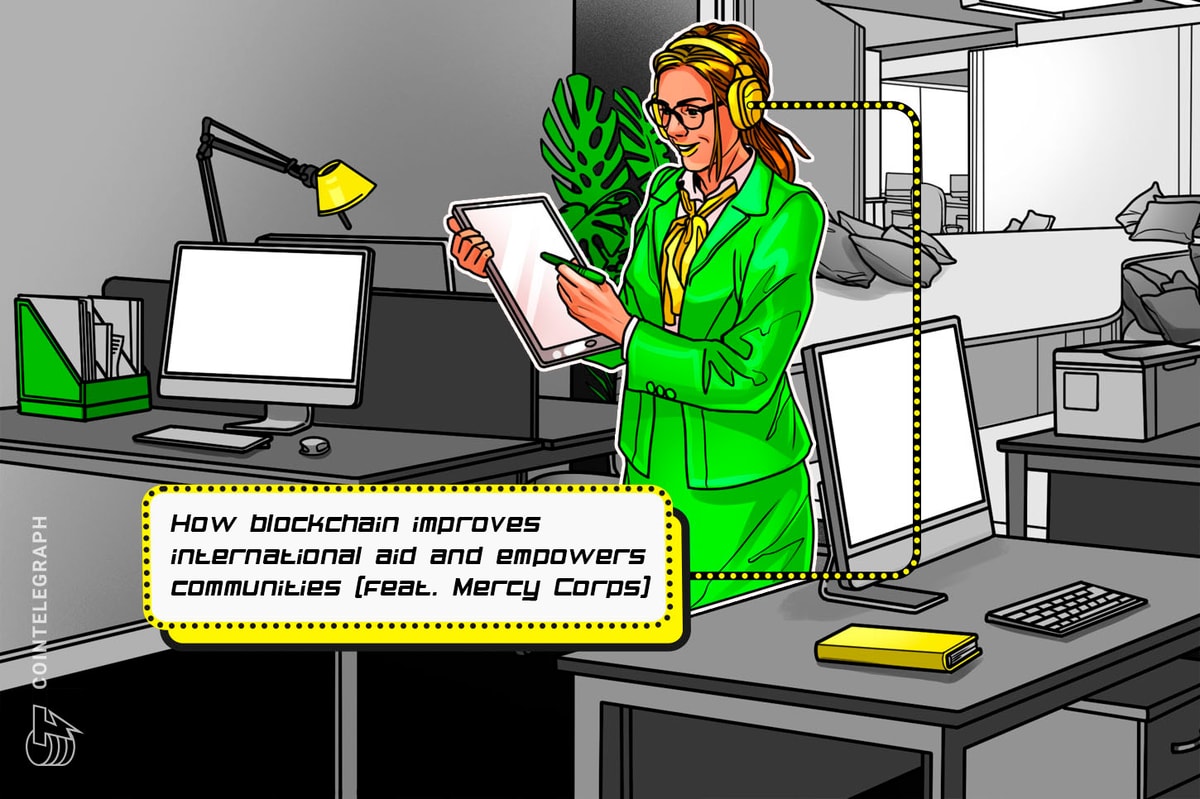Rapid and efficient humanitarian aid distribution is enhanced through the use of blockchain technology. Mercy Corps CIO Scott Onder explains how.
Podcast
Over the past few years, saying “blockchain fixes this” has become a common trope. However, in the case of international aid distribution being enhanced by the integration of blockchain, the phrase has proven to be true.
When a crisis occurs, reaction time is paramount, and according to Mercy Corps chief investment officer Scott Onder, using data analytics and blockchain to take action before disaster strikes is even more effective from a humanitarian impact and cost perspective.
On Episode 47 of The Agenda podcast, hosts Ray Salmond and Jonathan DeYoung discuss how Mercy Corps — a global team of humanitarians focused on alleviating suffering, poverty and oppression — has embraced Web3 and blockchain to amplify its charitable efforts and aid distribution.
Blockchain enhances “anticipatory action”
The recent hurricanes in the US state of Florida were prime examples of how complicated accessing areas impacted by crisis and distributing aid can be. News anchors quickly zoomed in on citizens’ stories about waiting multiple days for critical materials to arrive due to logistical challenges and damaged infrastructure.
During the conversation, Onder explained that, in his experience, “anticipatory action” has yielded better results than the typical reactionary response to a crisis. In many cases, Mercy Corps partners with and funds fintech organizations in the countries impacted by various crises. Onder cited one scenario where Mercy Corps partnered with “an oracle, a microfinance and micro-insurance provider, and a company called Diva Donate to basically run a pilot where as soon as the remote sensing satellites picked up that vegetation levels were hitting a certain level of lack of rainfall, funds would be dispersed automatically — the triggering of a smart contract.”
“This ended up occurring earlier in the year here and providing a whole range of community members with access to aid before that drought became severe.”
Onder further explained that through this anticipatory action pilot, Mercy Corps observed a 70% cost reduction, which essentially meant aid recipients got more resources.
This was just one of many initiatives where Mercy Corps was able to support various groups that use blockchain to assist with aid distribution and crisis mitigation.
Onder said:
“Research shows that anticipatory action, or in other words, aid delivered before disaster strikes, is seven times more cost-effective than traditional humanitarian aid. And blockchain, in this case, supports a more effective humanitarian system that preemptively identifies crises and then reduces the negative impact of the shocks, basically allowing those lower-income populations to prepare for those shocks in crises, then adapt and then build resilience over the long term.”
Related: Polygon and Mercy Corps bring blockchain to underserved communities
This article first appeared at Cointelegraph.com News


